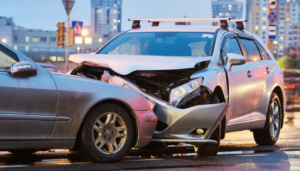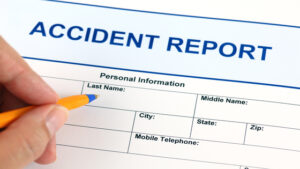
9 Steps to Take After Being Involved in a Car Accident
Being in a car accident is one of the worst things you can experience. Car accidents are always unexpected and frequently leave victims with injuries, damaged cars, and emotional trauma.

Being in a car accident is one of the worst things you can experience. Car accidents are always unexpected and frequently leave victims with injuries, damaged cars, and emotional trauma.

Being involved in an auto accident can be a very frightening and stressful experience, especially if the collision was not your fault. Establishing liability can sometimes be convoluted and complicated, but it will be much easier if you are prepared.

If you’ve been in an accident, you may wonder if it’s worth it to contact a lawyer, and if you do, what does the average settlement look like? While there’s

After a car collision, various factors can threaten your legal rights. It’s crucial to protect your rights, especially if a negligent driver caused the accident; otherwise, you might miss out

At the time of your car accident, you were likely panicked about what might happen next. You may have wondered the following: Is the other driver injured? Whose fault was

After a car accident, medical attention should be your top priority if you or your passengers end up with serious injuries. However, you also need to think about how much

Most automobile accidents are low impact, but in some cases, the occupants may experience neck and back pain days after the crash. Unfortunately, many victims trick themselves into thinking their

If you were recently involved in a car accident that left you with injuries or significant vehicle damage, it’s in your best interest to seek compensation. To hold a negligent
UTAH INJURY LAWYERS
Flickinger • Boulton
• Robson • Weeks
PROVO OFFICE
3000 N University Ave
Suite 300
Provo, UT 84604
SOUTH JORDAN OFFICE
10393 S. Temple Dr.
Suite 103
South Jordan, Utah 84095
OFFICE HOURS
Monday- Friday: 8AM-5PM
Saturday-Sunday: Closed
*Disclaimer: the information provided by this website is for informational purposes only and should not be considered legal advice or a substitute for competent legal counsel.
**SMS consent and contact phone numbers will not be shared or sold to third parties or their affiliates for any purpose.
© 2025 All Rights Reserved.